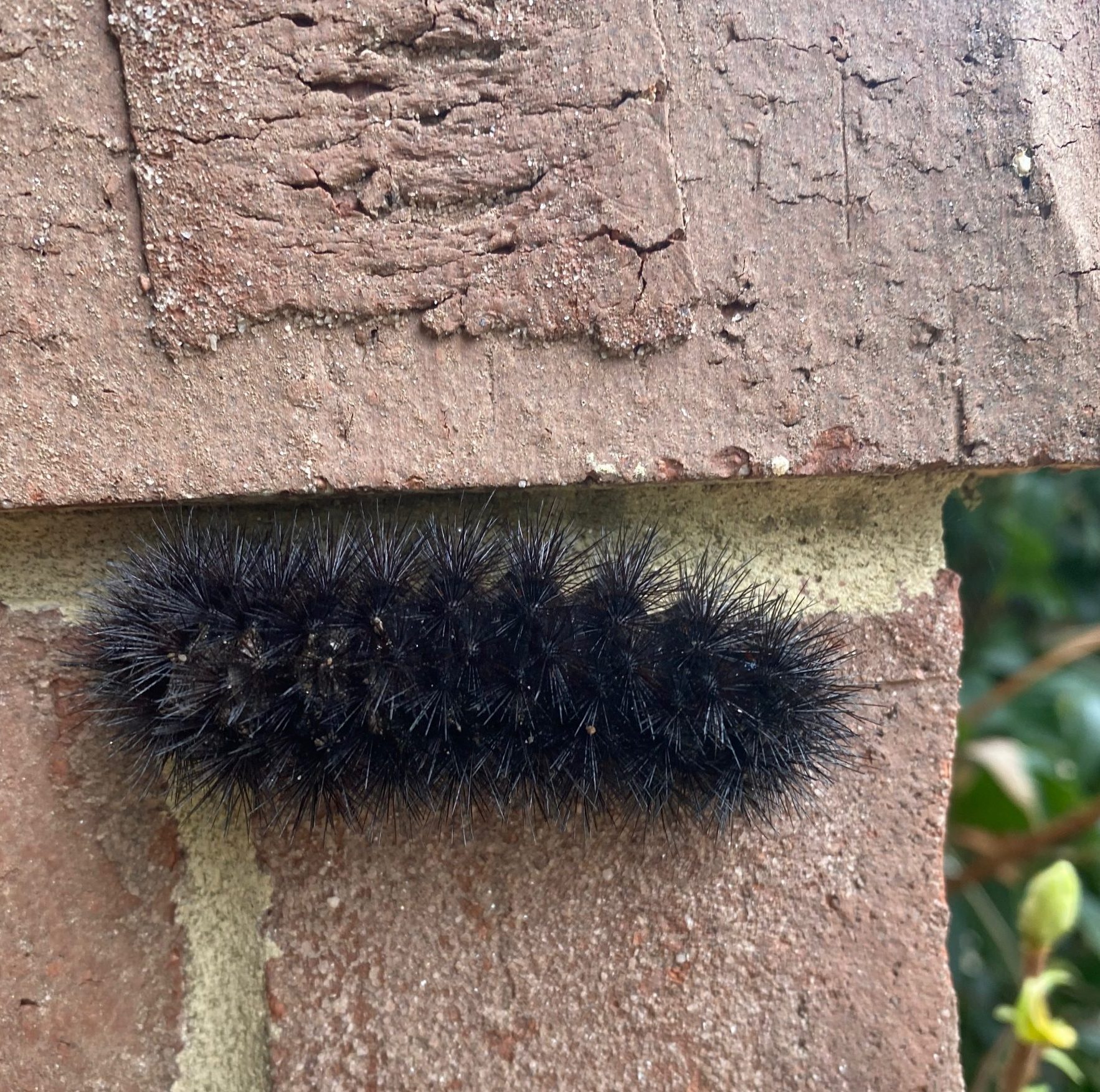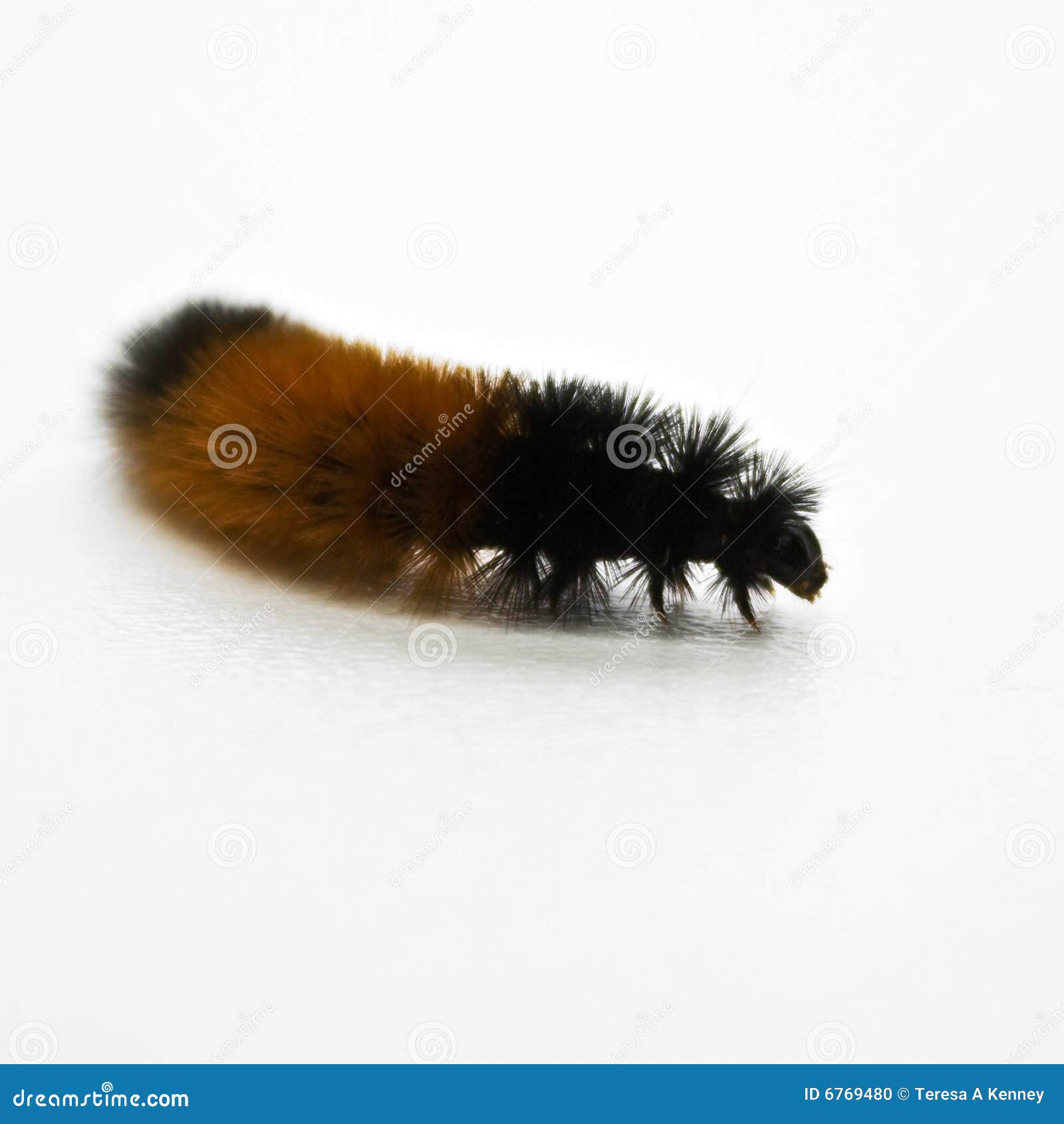

They are a slightly different species that transforms into the giant leopard moth.

Many variables may contribute to changes in the caterpillar’s coloration, including larval stage, food availability, the temperature or moisture during their development, age, and even species.Īnd don’t be fooled: all-black fuzzy caterpillars aren’t woolly bear caterpillars at all. >Inside : Storm Team 8 winter weather outlook | Bill’s Blog: Sign of a cold winter? | Free Storm Team 8 weather appĬurrent insect experts agree that woolly bear caterpillars are not accurate predictors of winter weather. However, today’s entomologists say no one has been able to replicate the study. His studies showed that the woolly bear caterpillars had an 80 percent accuracy rate. Curran, former curator of insects at the American Museum of Natural History in New York City, surveyed the bugs back in the 1950s. There has actually been some research pertaining to this old wives’ tale. Dr. If there is a lot of brown, the winter will be mild ff there is only a narrow strip of brown on their backs, expect a harsh winter.

The old tale goes like this: the thickness of the brown stripe on the caterpillar will tell you how harsh the upcoming winter will be. One of the most widespread tales pertains to the big furry coat of the woolly bear caterpillar. An abundant drop of acorns or walnuts ensures new trees will be planted every few years. Trees want to produce young trees, which can only happen if scavengers don’t eat all their nuts. However, experts with Mass Audubon say nut production by oak trees has nothing to do with the incoming winter the yield is cyclical.Įvery two to five years, a tree will produce a bumper crop of nuts. Many have been noticing abnormalities this year, especially with tree nuts.

But how reliable are these old wives’ tales? TREE NUTS (WOOD) - With the changing trees and tumbling temperatures, many in West Michigan look to nature for hints about the winter to come.


 0 kommentar(er)
0 kommentar(er)
